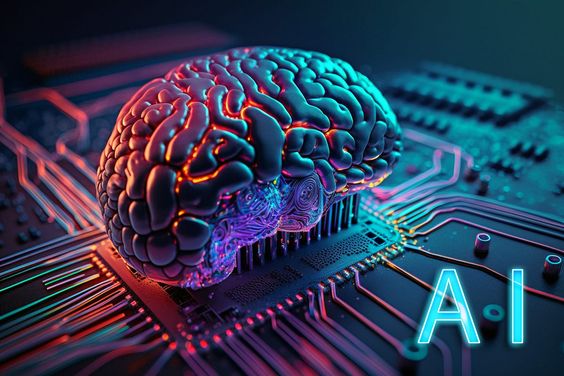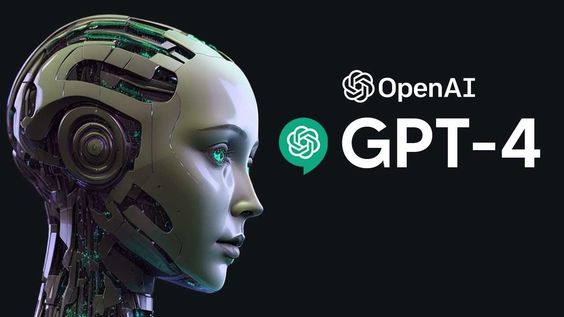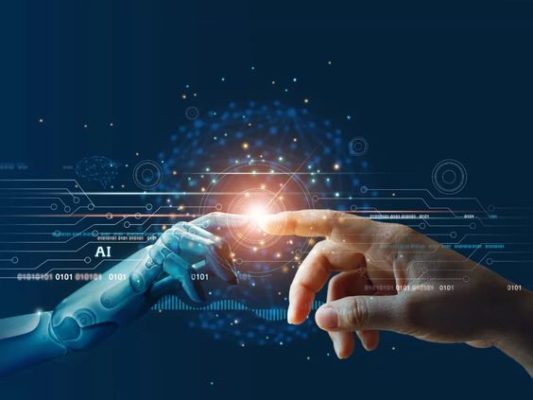The Future of Labor in Society 4.0: Adapting to AI and Automation Impacts
In this article, we delve into the transformative effects of artificial intelligence (AI) and automation on the workforce within the context of Society 4.0. Our aim is to explore the challenges and opportunities arising from these technological advancements and to provide insights into how individuals and societies can navigate this rapidly evolving landscape.
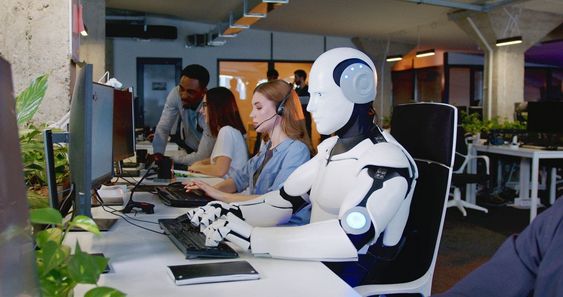
Introduction to Society 4.0 and Labor Challenges:
Society 4.0 represents a new era characterized by the pervasive integration of digital technologies into all aspects of life, fundamentally reshaping economies, industries, and societies. This paradigm shift entails an ongoing economic and social transformation driven by advancements in artificial intelligence (AI), automation, the Internet of Things (IoT), and other disruptive technologies.
At its core, Society 4.0 embodies a vision of interconnectedness, where smart systems, data-driven decision-making, and human-machine collaboration converge to revolutionize how we live, work, and interact. This transformative wave transcends traditional boundaries, blurring the lines between physical and digital realms and fostering a hyperconnected global community.
However, amidst the promises of increased efficiency, innovation, and convenience, Society 4.0 also presents formidable challenges, particularly in the realm of labor. The rapid development and deployment of AI and automation technologies have raised concerns about their impact on traditional labor forces.
One of the primary challenges is the displacement of jobs as AI and automation replace routine and repetitive tasks across various industries. While these technologies offer opportunities for streamlining operations and boosting productivity, they also pose a threat to jobs that are susceptible to automation. This displacement can lead to unemployment, underemployment, and structural shifts in the labor market, exacerbating socio-economic inequalities and widening the gap between skilled and unskilled workers.
Moreover, the integration of AI and automation into the workforce necessitates a reevaluation of skill sets and job roles. Workers are required to adapt to new technologies, acquire digital literacy, and develop proficiency in areas such as data analysis, programming, and human-machine interaction. This shift towards a skills-based economy places pressure on individuals and educational institutions to facilitate lifelong learning and upskilling to remain competitive in the job market.
In summary, Society 4.0 heralds a new era of unprecedented technological advancement and societal transformation. While AI and automation hold immense potential to drive progress and innovation, they also present significant challenges to traditional labor forces. Understanding and addressing these challenges is essential to ensure that the benefits of Society 4.0 are shared equitably and that the workforce is prepared for the demands of the future.
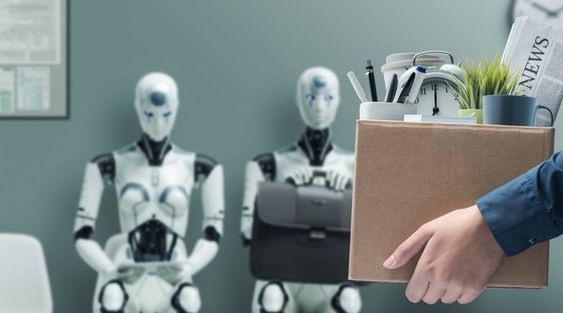
Impact of Artificial Intelligence and Automation on the Labor Market:
Artificial intelligence (AI) and automation have fundamentally reshaped the labor market, influencing various industries and traditional job roles in profound ways. Analyzing their impact reveals both challenges and opportunities for individuals, businesses, and societies as a whole.
1. Disruption Across Industries:
2. Transformation of Traditional Jobs:
3. Workflow Automation Trends:
4. Impact on Labor Usage:
5. Creation of New Labor Demands:
New Opportunities Created by Artificial Intelligence and Automation for Labor:
Artificial intelligence (AI) and automation not only disrupt traditional job roles but also create new opportunities for the workforce, fostering innovation, and driving economic growth. Exploring these opportunities reveals the potential for individuals to thrive in the digital era and contribute to emerging industries and technologies.
1. Creation of New Industries:
2. Development of New Skills:
3. Research Projects and Applications in Education and Training:
4. Vocational Retraining and Upskilling:
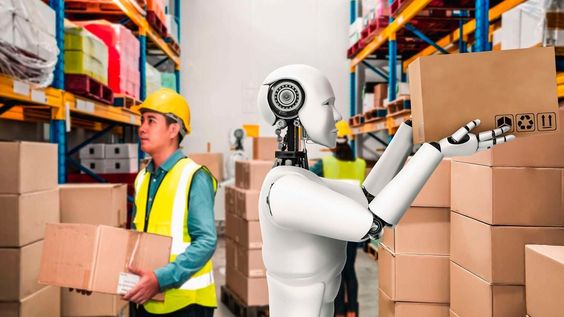
Challenges and Corresponding Strategies:
1. Changing Labor Markets:
2. Facilitating Industry Transitions:
3. Establishing Policies and Regulations:
4. Supporting Worker Resilience:
5. Promoting Inclusivity and Equity:
Conclusion
In conclusion, the advent of artificial intelligence (AI) and automation represents both an opportunity and a challenge for the future of labor. While these technologies offer immense potential to drive innovation, increase efficiency, and create new job opportunities, they also pose significant disruptions to traditional industries and job roles.
Throughout this exploration, we have examined the multifaceted impacts of AI and automation on the labor market, including the transformation of industries, the evolution of job roles, and the emergence of new skills and industries. We have also discussed the importance of addressing challenges such as job displacement, skill mismatches, and socioeconomic inequalities through proactive measures and policies.
Vocational retraining and upskilling initiatives play a crucial role in helping workers adapt to the changing labor market and transition to growth industries. By investing in education and training programs focused on emerging technologies, individuals can acquire the skills needed to thrive in the digital economy.
Moreover, the establishment of policies and regulations is essential to safeguard labor rights, protect workers from exploitation, and ensure a fair and inclusive transition to the new era of AI and automation. Governments, businesses, and other stakeholders must collaborate to develop comprehensive strategies that promote workforce resilience, foster innovation, and mitigate adverse impacts on vulnerable populations.
Ultimately, navigating the challenges and opportunities presented by AI and automation requires a concerted effort from all sectors of society. By embracing lifelong learning, promoting inclusivity, and prioritizing the well-being of workers, we can harness the transformative power of technology to build a more prosperous and equitable future for all.


